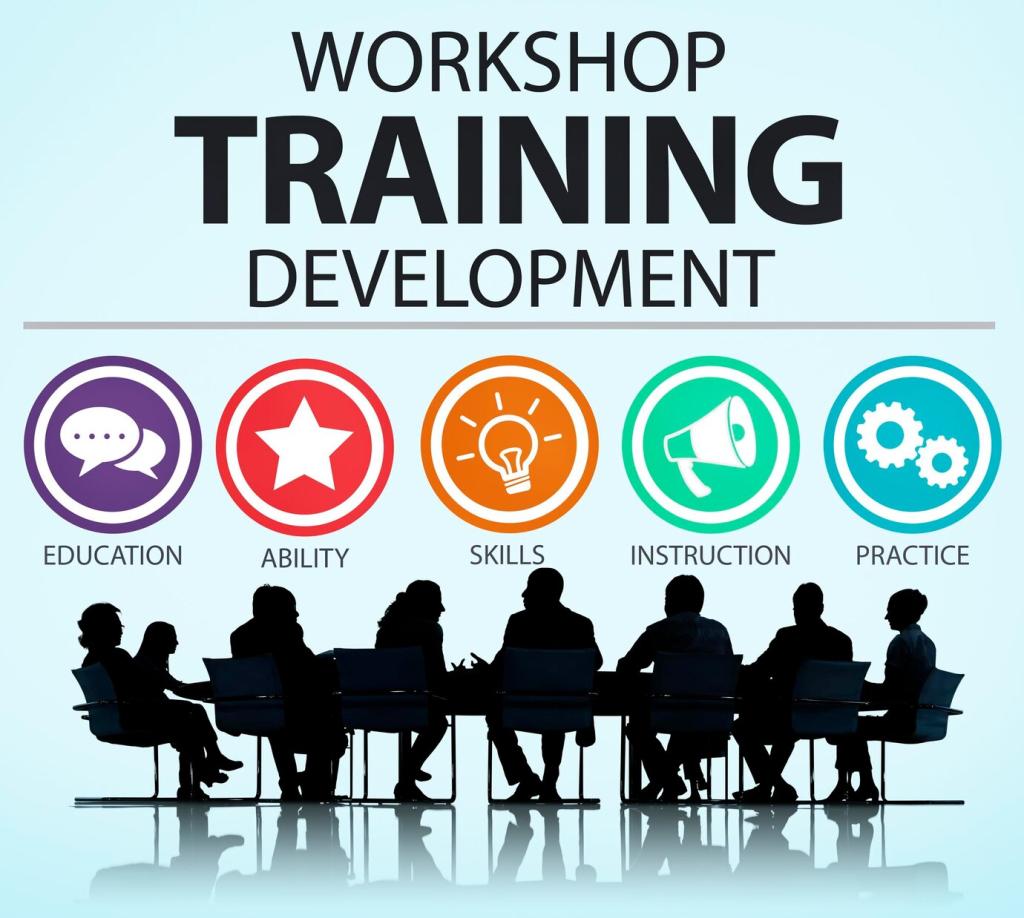Scenario Planning and Risk Readiness
Create upside, base, and downside scenarios anchored in specific triggers and timelines. Describe customer behavior, cost shifts, and competitive moves. Decide in advance which actions you will take if signals cross a threshold, reducing panic when volatility spikes.
Scenario Planning and Risk Readiness
Imagine your plan failed spectacularly, then list reasons why. Invite a small red team to challenge sacred assumptions. This candid exercise surfaces hidden risks early and strengthens your strategic planning without slowing momentum or eroding confidence.
Scenario Planning and Risk Readiness
Define acceptable downside and the exact metric that triggers a pivot. Identify hedges—small investments that protect your core bet. Clarity on thresholds transforms anxiety into readiness and supports faster, calmer decision-making in turbulent weeks.









